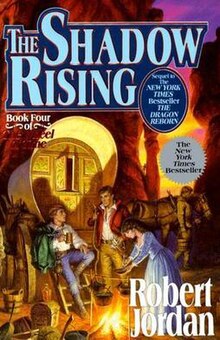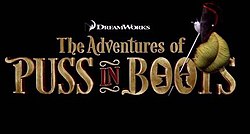
In
Japan in 1987, Namco released the very first installment of its
long-running Megami Tensei series for the Famicom (the Nintendo
Entertainment System in North America), although gamers outside the
franchise’s motherland wouldn’t see a game in the series, let alone a
mainline installment, for nearly a decade. North American gamers too
missed out on the first sequel in the series,
Digital Devil Story: Megami Tensei II,
also released on the Famicom and like its predecessor ahead of its time
with a monster-collecting focus, and towards the end of the sixteen-bit
era an enhanced remake part of the collection
Kyuuyaku Megami Tensei saw its release on the Super Famicom, too remaining in Japan, and a good game North American players missed out on.
The
sequel opens a few decades after nuclear doomsday decimates the world
and opens up a gate into the netherworld, with the player initially
playing what seems to be a top-down version of the original
Digital Devil Story,
although the action eventually regresses back to real-life, with the
male protagonist and his friend exploring post-doomsday Tokyo, a woman
ultimately coming between the hero and his friend. The narrative is a
slight improvement over its predecessor’s, with some occasional
variations and different endings (and luckily, especially if the player
is using a guide, they don’t have to play through the whole game twice
just to see them), but is thinly dispersed, and lacks clear direction.
The
gameplay, fortunately, is on par with its predecessor, largely being
the same mechanically, except for the apparent inclusion of higher-level
monsters the player can potentially fuse, and the two human characters
the player has at one time able to fight with melee weapons or firearms.
The protagonist can negotiate with enemies to get them to join,
although since some seem to have a habit of bailing out when they’ve
paid money, using the intimidate option is usually preferable and has a
decent chance of working, with failure meaning all monsters of the same
type will attack the player before they have a chance to input commands
or retry negotiation.
The biggest issue with combat is the
late-game expense of some of the stronger equipment, with gear upgrades
being generally cost-prohibitive beforehand, although there are many
occasions where monsters drop weapons better than any purchased from
shops. There’s also the matter of the inconsistent encounter rate, which
can stem to really high, especially when passing through doorways in
dungeons, to minimal at best, although if the player has a demon of an
encountered type, they can talk, except during full moons, their way out
of combat. Despite these issues, combat serves the game well, with the
auto mode making fights with weaker foes go by quickly.
The game
superficially interfaces well with the player, since the menus are easy
to navigate and automaps can be helpful, although there are issues such
as the lack of direction at many points on how to advance, with the
collection of certain MacGuffins being necessary early on, the lack of
indicators of weapon and armor strength when changing gear, the lack of
descriptions for spells, and so on.
As with the first game, music
is the high point, with a nice variety of tracks, some from the
sequel’s predecessor, among the highlights of the soundtrack being the
overworld theme for the netherworld.
The graphics also look nice,
with a wider variety of demon designs (albeit with some palette swaps),
nice overworlds indicative of post-doomsday Japan and Hell, and so on,
but fights remain first-person.
Finally, given the lack of
in-game time, total playtime is indeterminate, although the second game
is much longer than its predecessor.
Overall,
Digital Devil Story: Megami Tensei II
is for the most part a worthwhile sequel that was well ahead of its
time during its original incarnation’s release, given factors such as
its demon-collecting and fusion systems, the solid audio, the pretty
visuals, and so forth. There are issues such as a lack of in-game
direction on how to advance the primary plotline, which itself is thinly
spread out, and the lack of replayability (given that the player can
possibly see both endings in a single playthrough), although those who
enjoyed the first game will likely enjoy its successor, which in Japan
was an important milestone in the history of roleplaying games.
The Good:+Fast and enjoyable battle and monster collecting/fusion systems.
+Nice soundtrack.
+Good visuals.
The Bad:-Parts are hard without a walkthrough.
-Story thinly spread out.
-Little replayability.
The Bottom Line:A good sequel.
Score Breakdown:Platform: Super Famicom
Game Mechanics: 8/10
Controls: 6/10
Story: 7/10
Music/Sound: 9/10
Graphics: 8/10
Lasting Appeal: 5/10
Difficulty: Hard
Playing Time: No in-game clock.
Overall: 7.5/10
:origin()/pre00/45fd/th/pre/f/2018/242/2/0/spencercolor_by_jmg124-dcll6h6.png)
:origin()/pre00/36dd/th/pre/f/2018/243/d/5/_h_at__the_foulest_fellow_by_obieros23-dcloojq.png)
:origin()/pre00/45fd/th/pre/f/2018/242/2/0/spencercolor_by_jmg124-dcll6h6.png)
:origin()/pre00/36dd/th/pre/f/2018/243/d/5/_h_at__the_foulest_fellow_by_obieros23-dcloojq.png)




